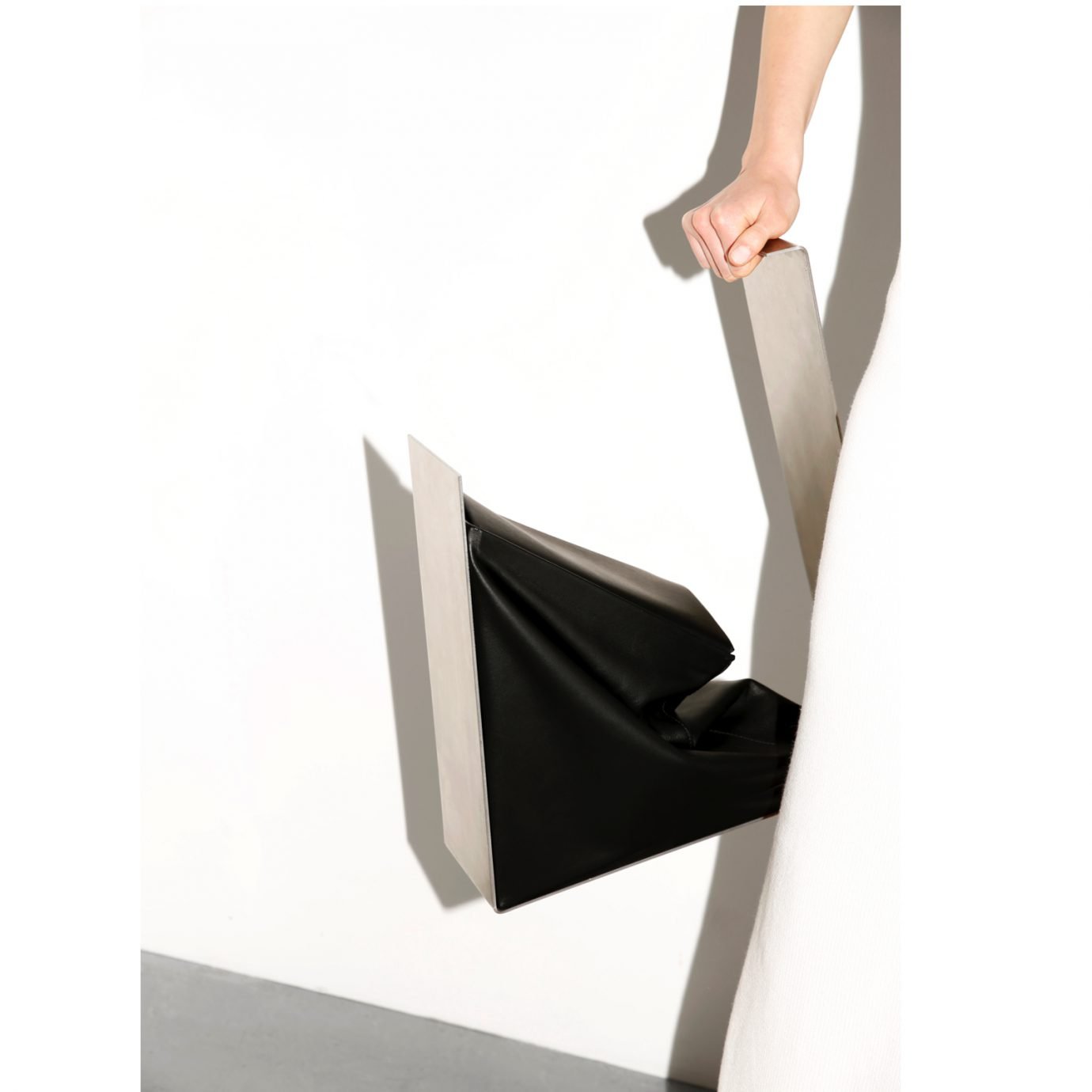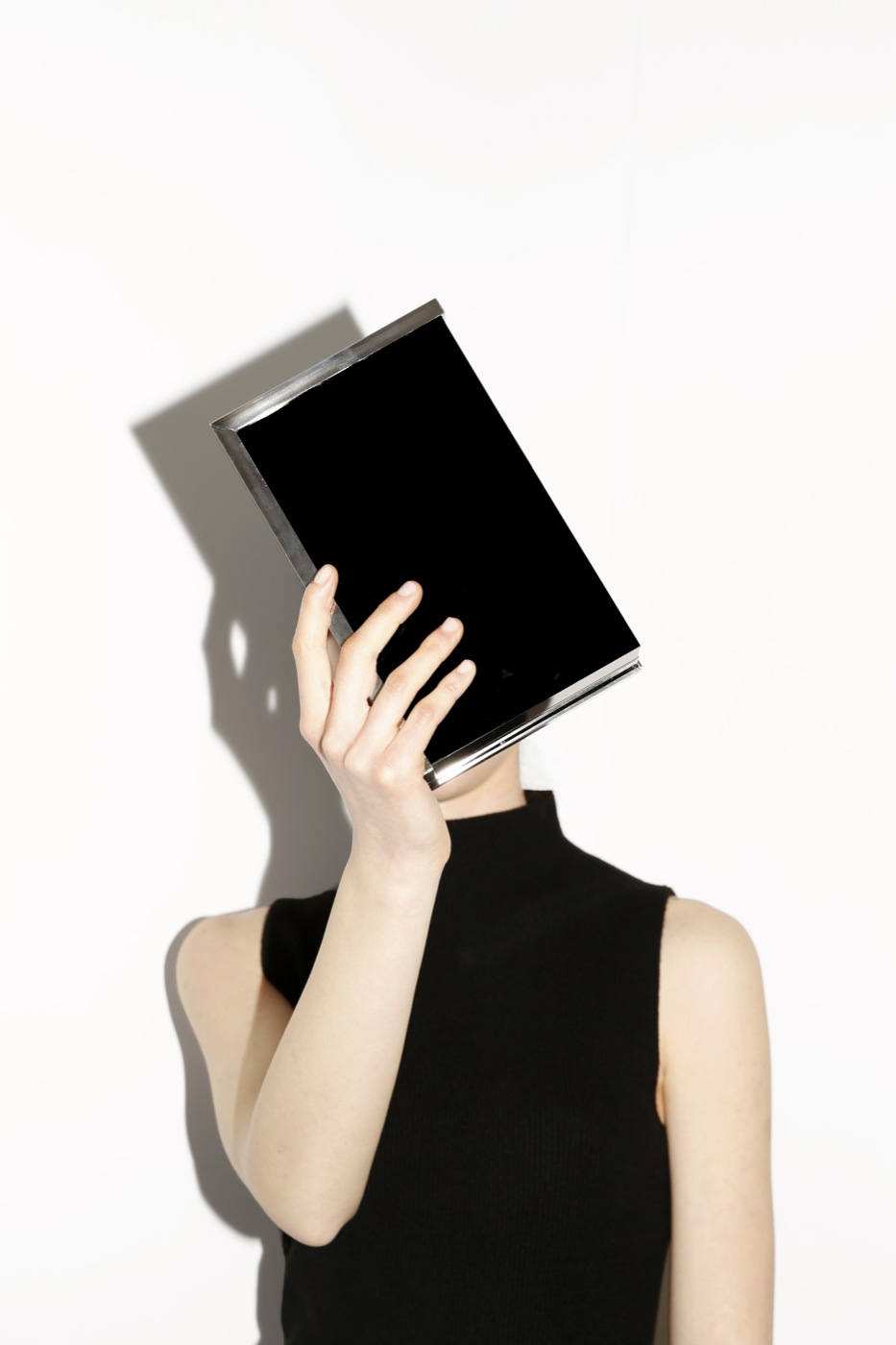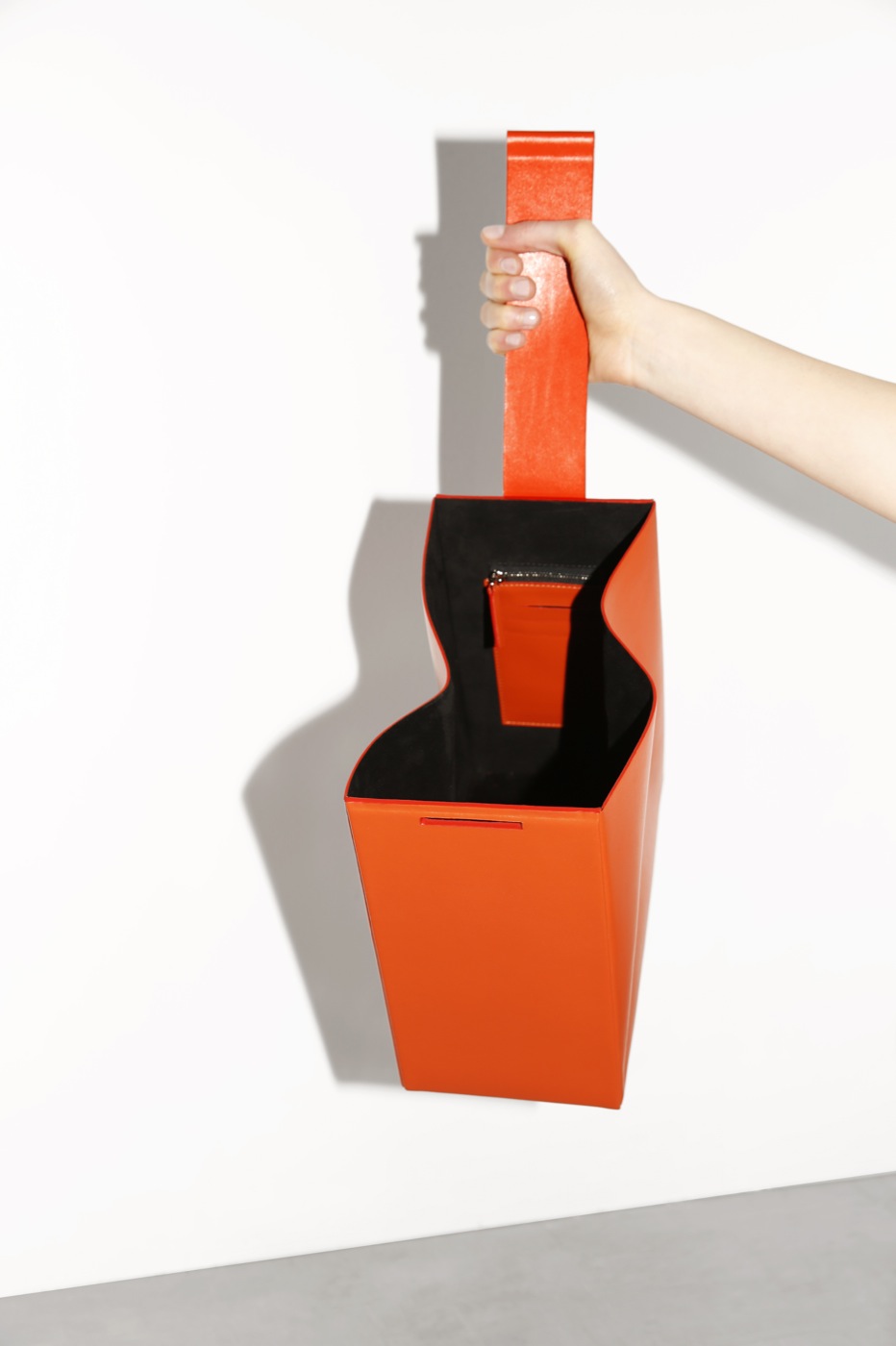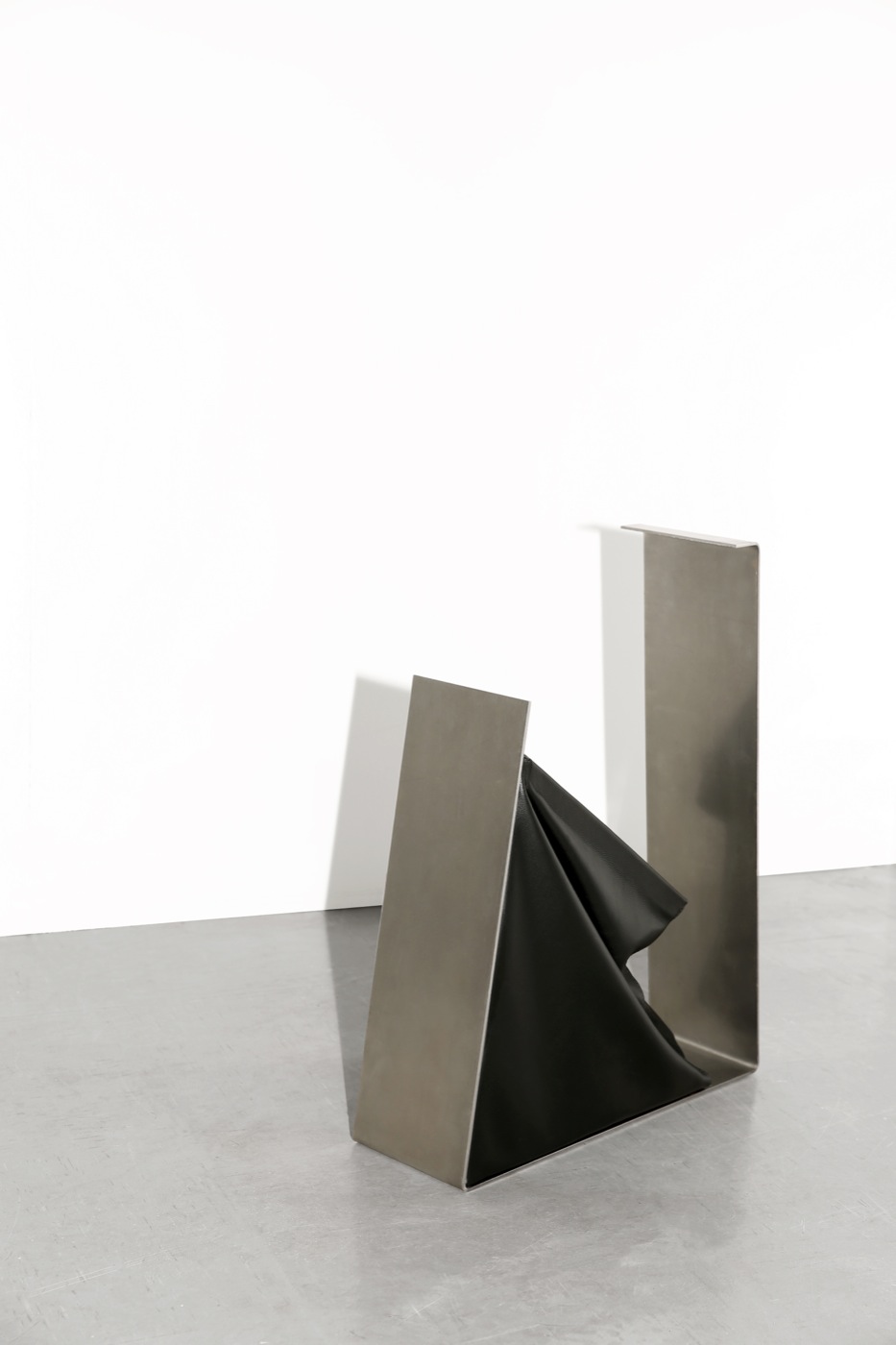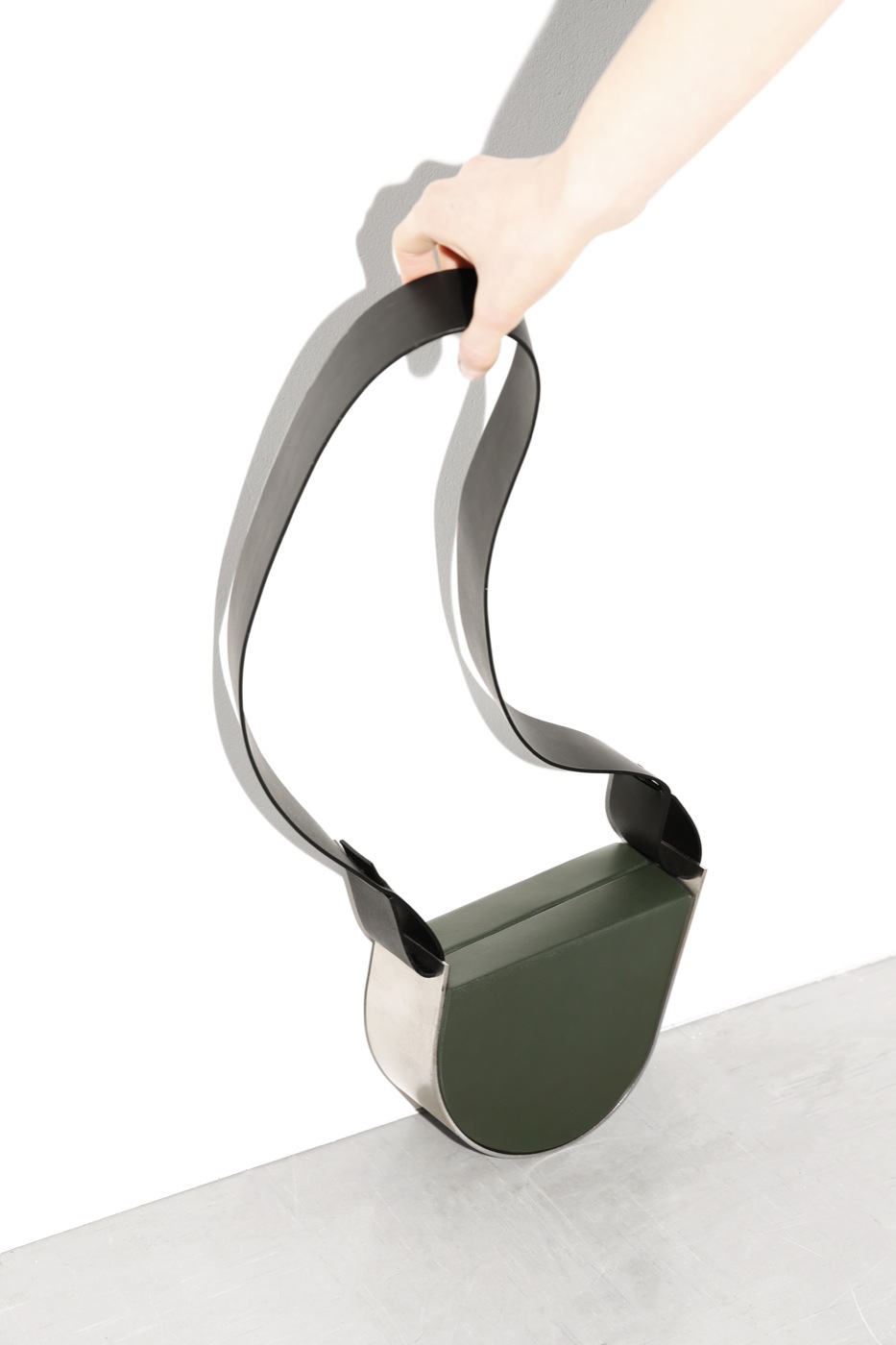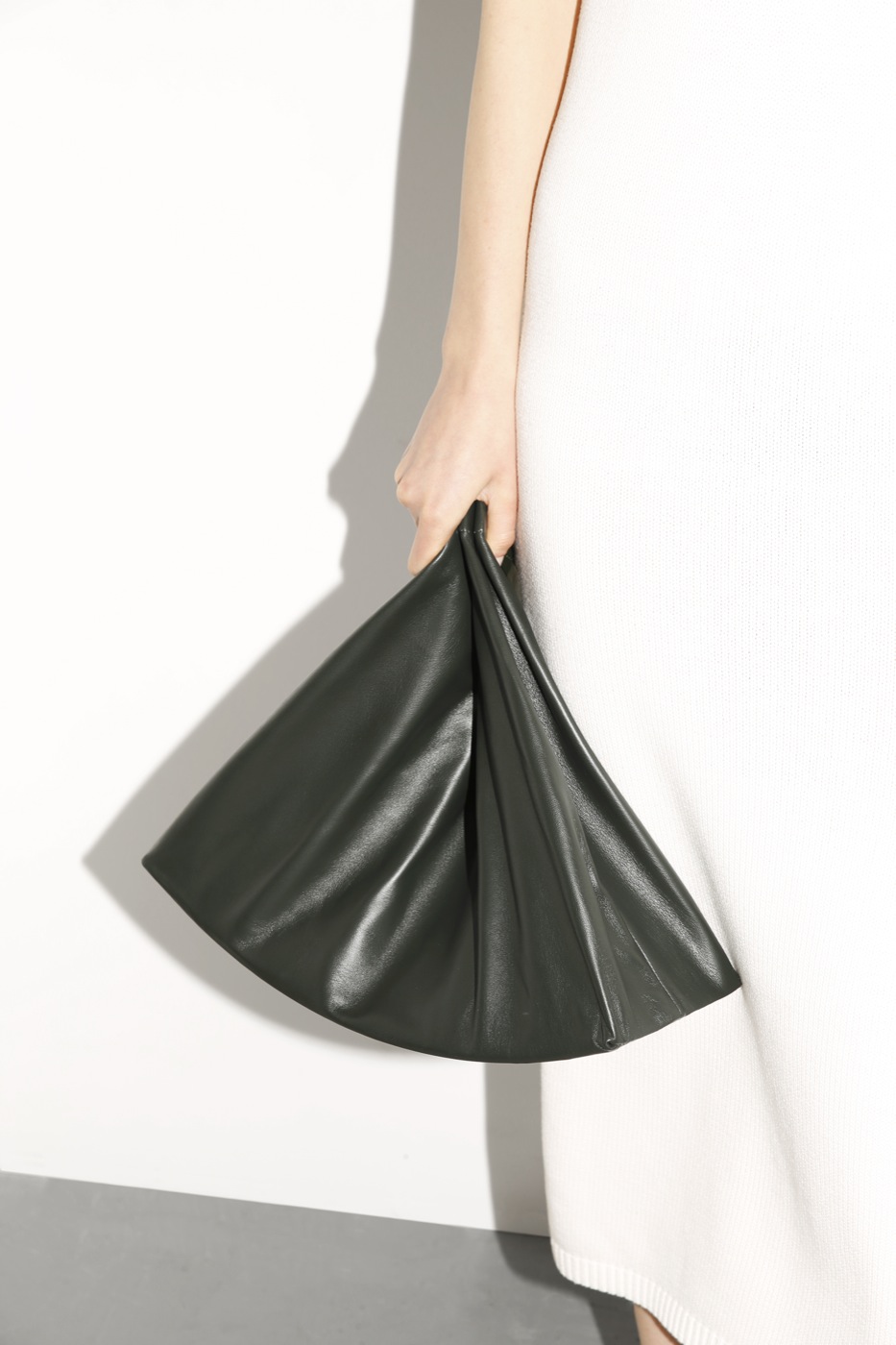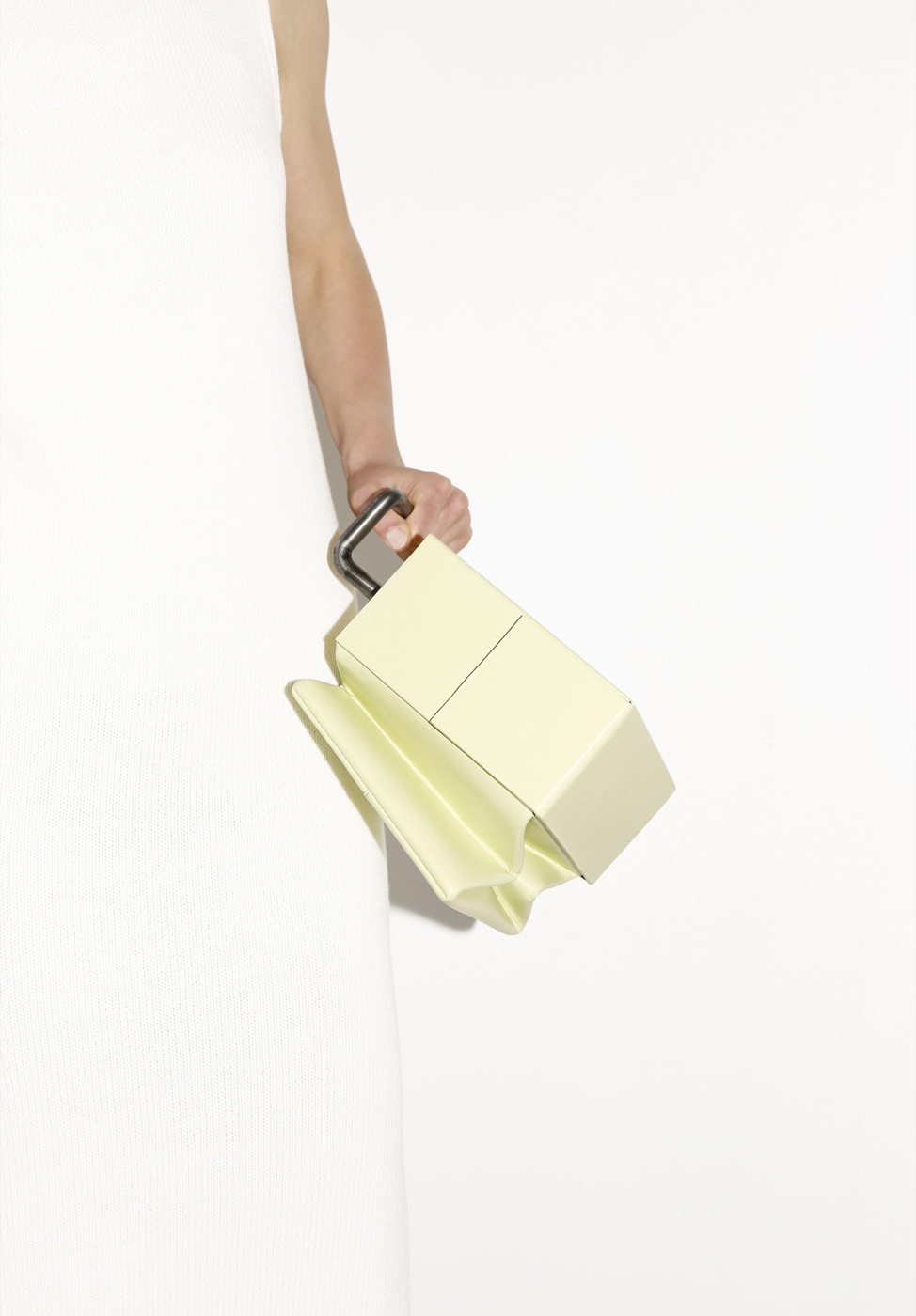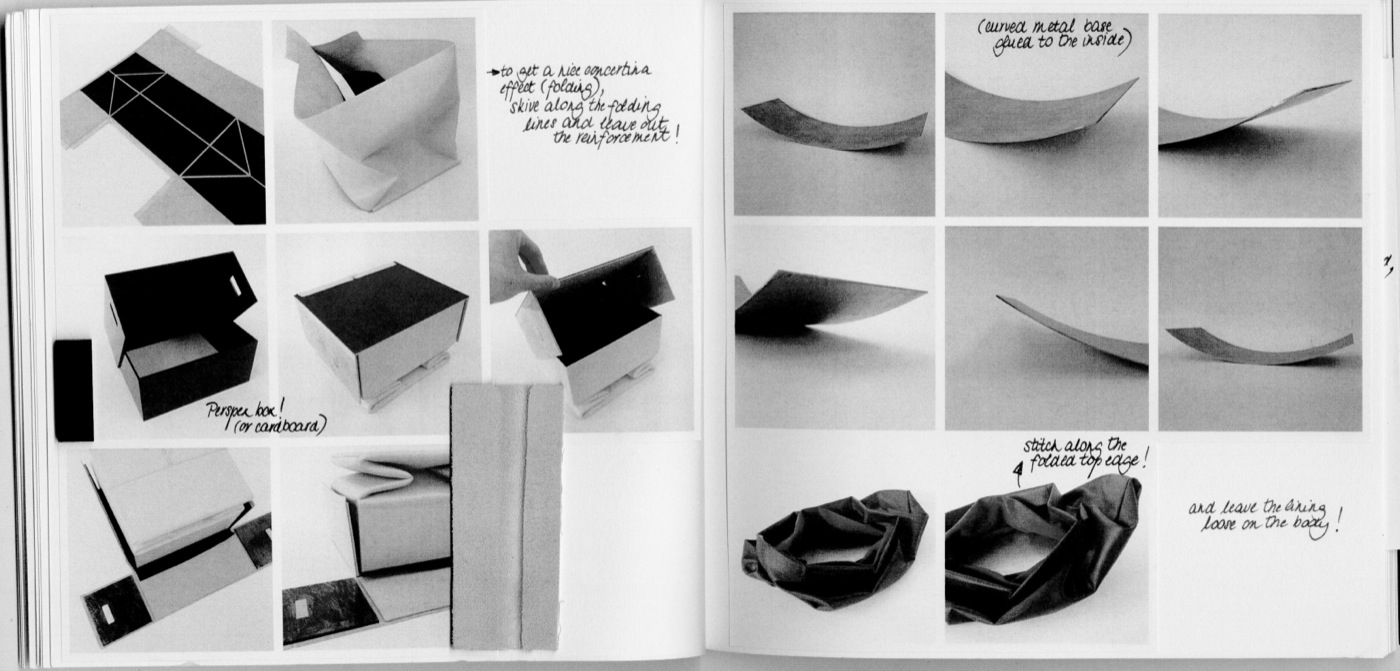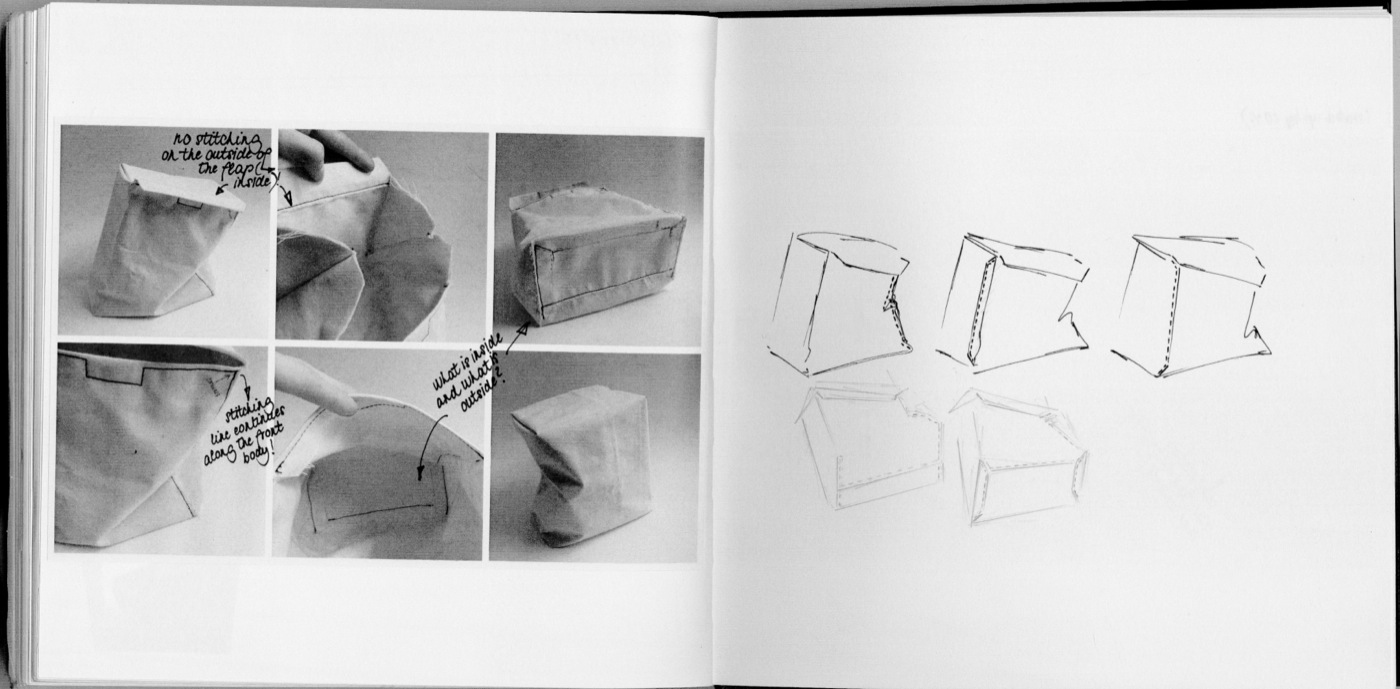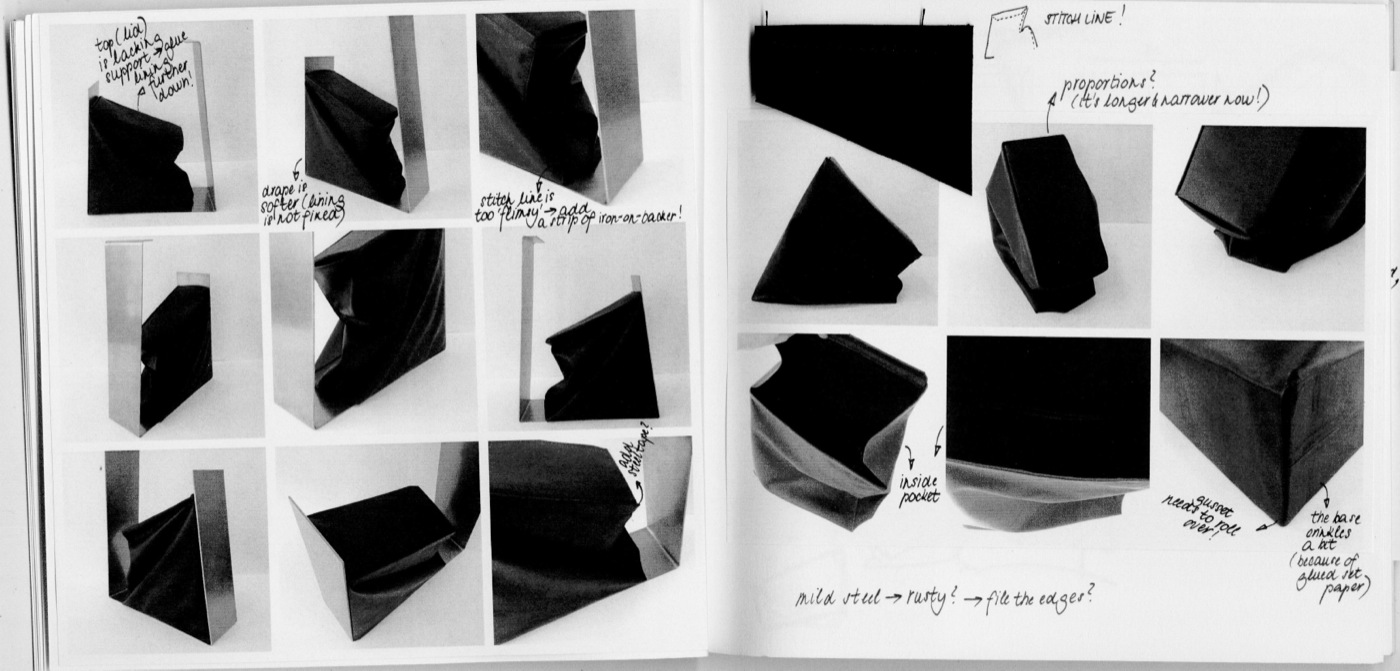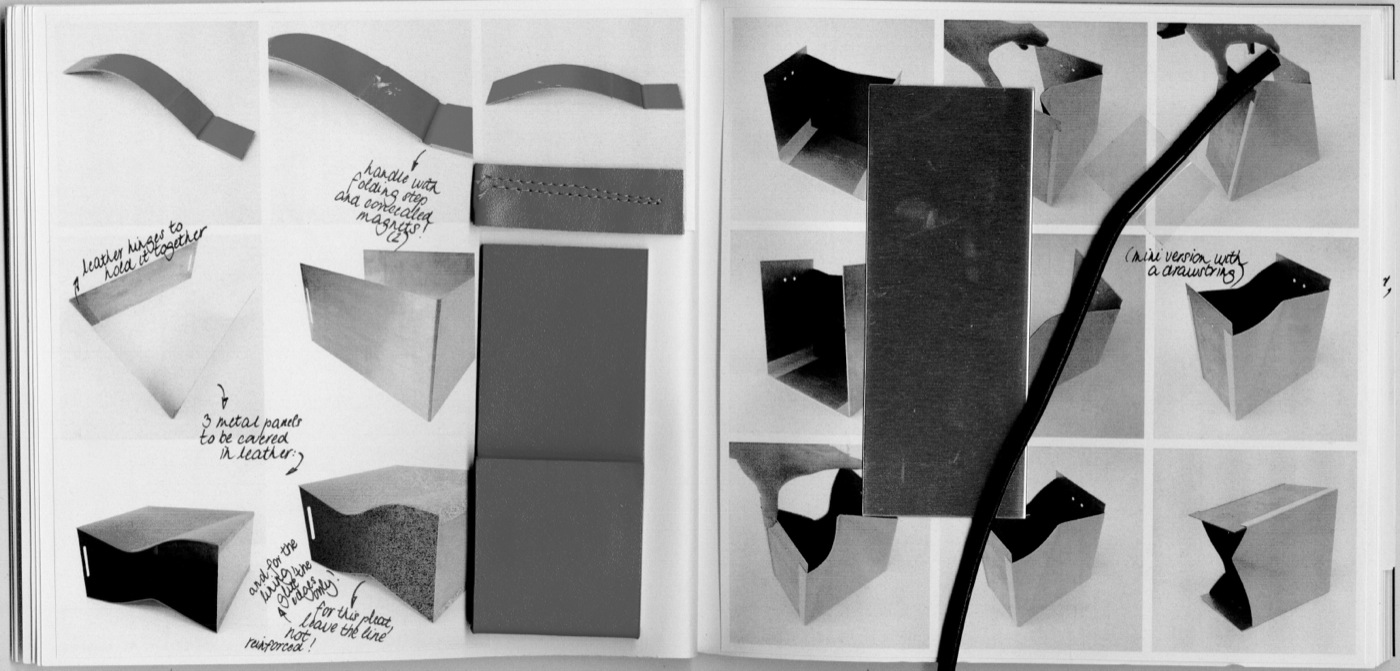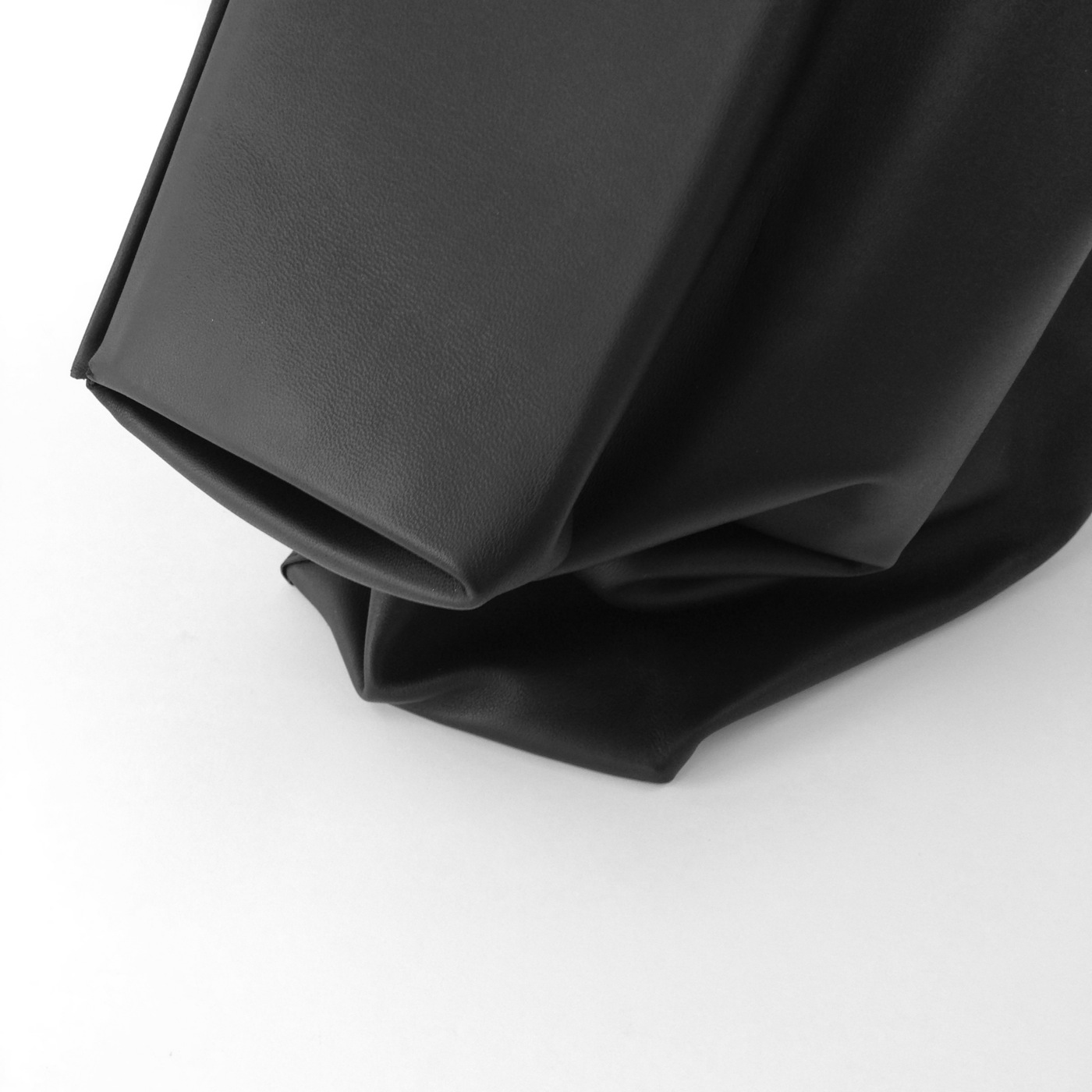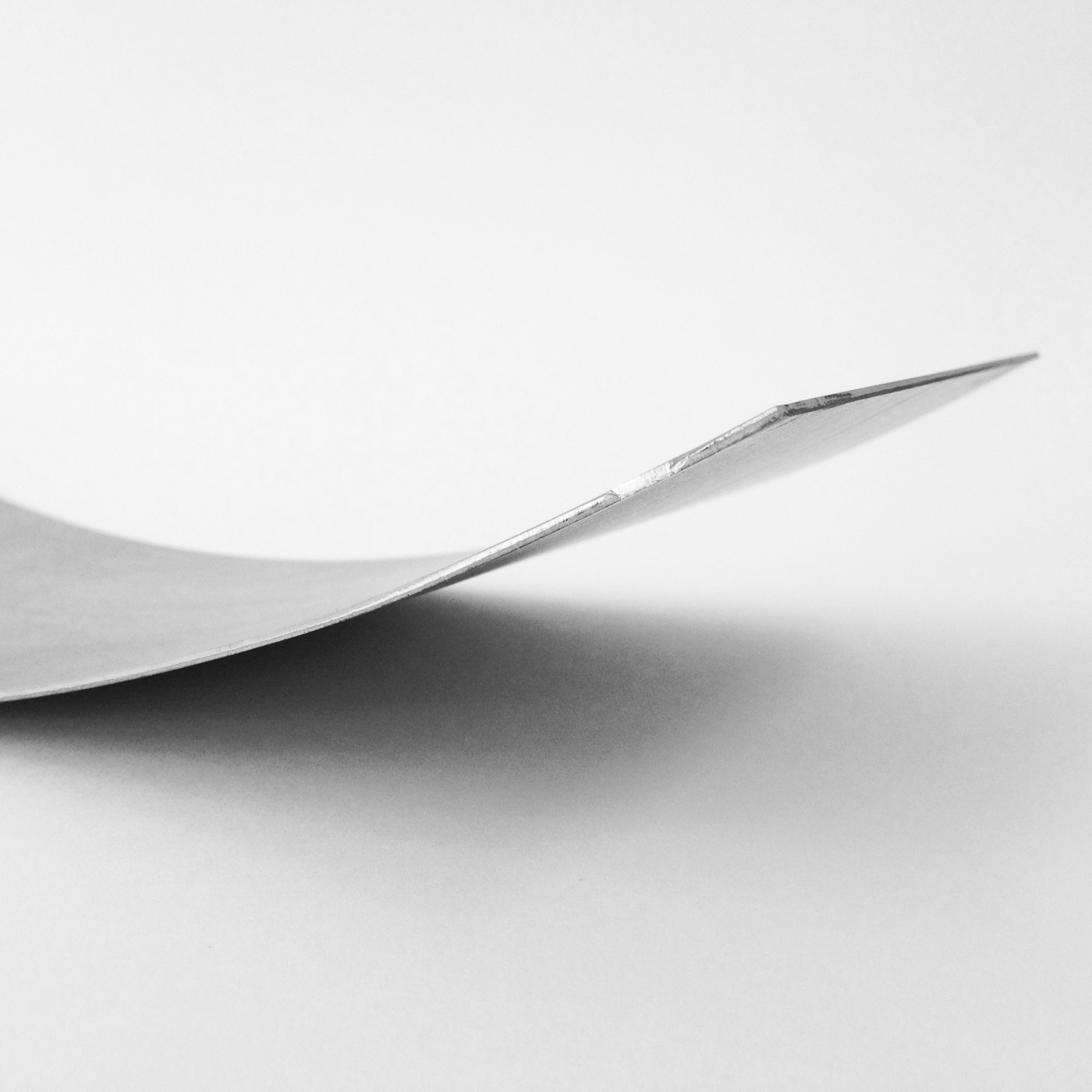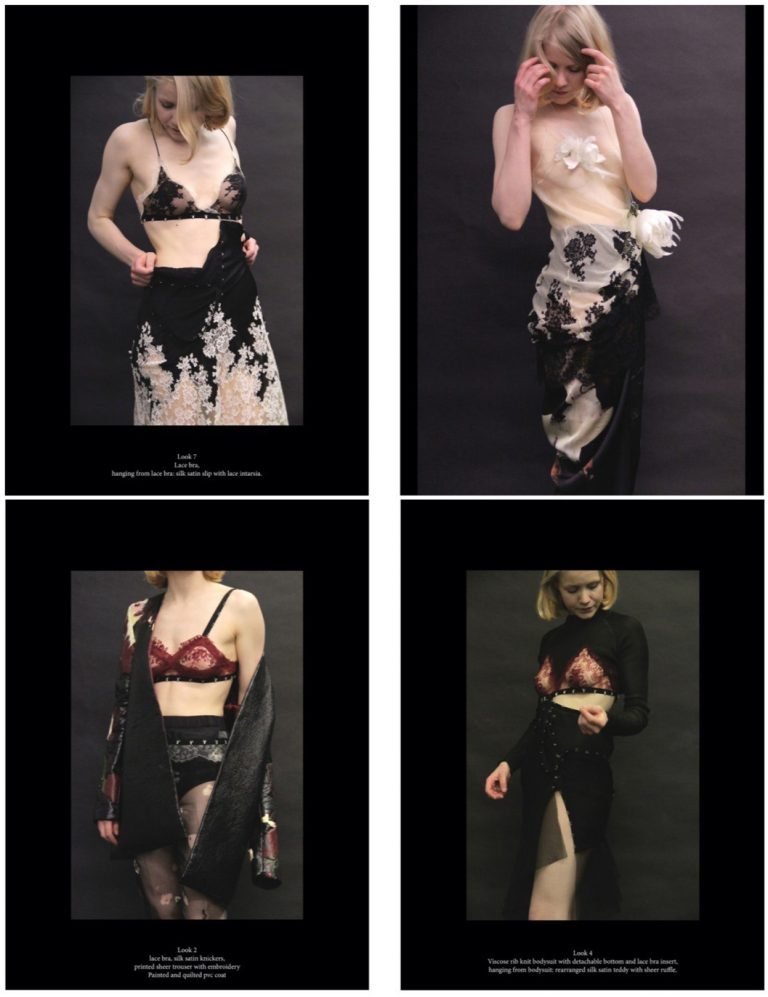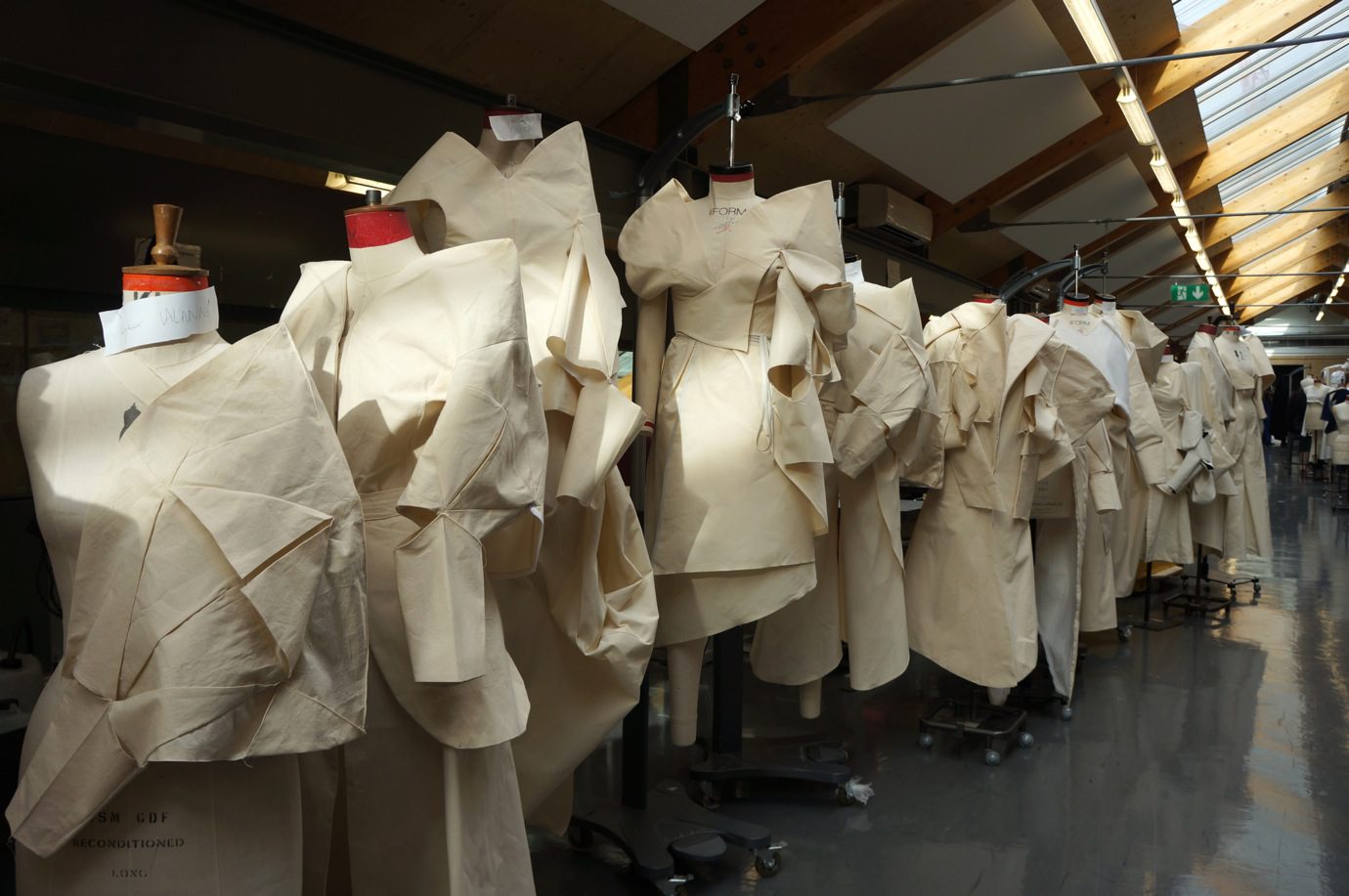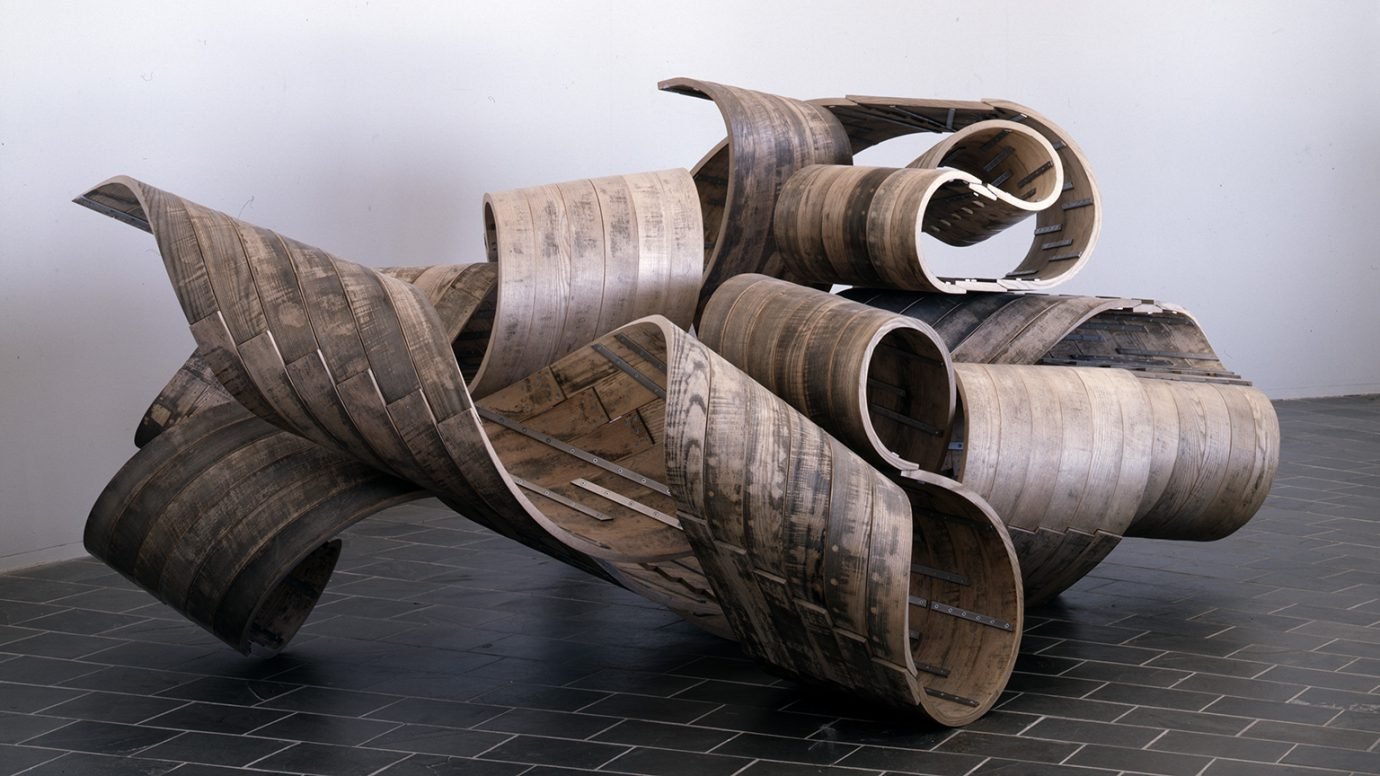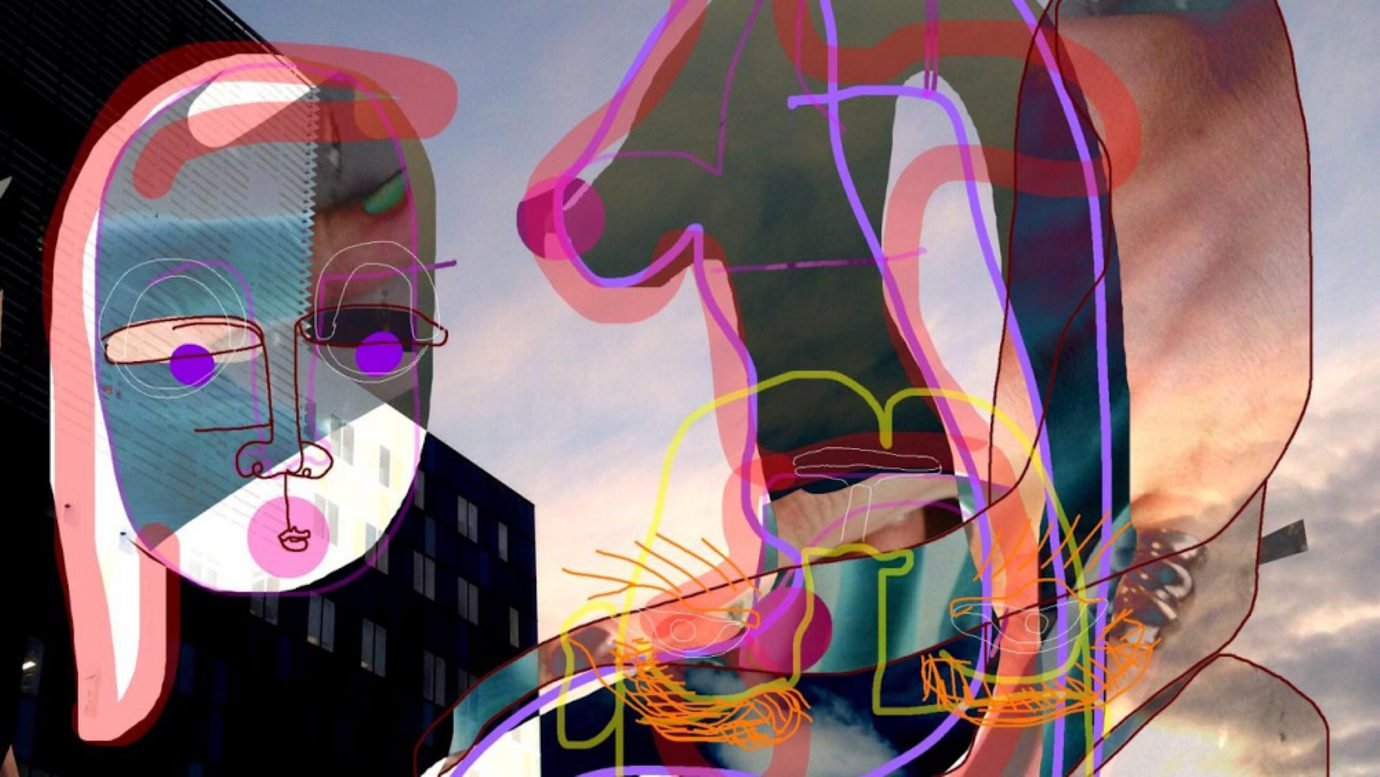We spoke with one of the RCA’s recent Fashion Footwear, Accessories and Millinery (FAM) course graduates, Taja Bobek, to find out how her Brutalist inspirations translate into bags, the relationship between 2D and 3D in her design work, and considering the clothes when crafting an accessory.
The Royal 20: Taja Bobek
Once upon a time, bags were not a prominent addition to looks presented on the runway. Fairly speaking, it looked a bit awkward — an accessory, slightly distracting from the clothes, perhaps. But imagine a show without it in 2016, and it may feel as though a vital item is missing. RCA’s Head of Fashion Zowie Broach once joked about the illogic of so many students wanting to become fashion designers, when clearly it’s the shoes and accessories designers who are the ones cashing in. As the global leather goods industry is set to generate approximately $91.2 billion revenue by 2018, it certainly seems a viable area to obtain an MA in. That’s, of course, beyond the love of craftsmanship and dedication to creating beautiful products.
“I AM STRIVING TO EXPLORE (AND IMPROVE) PRACTICALITY THROUGH MATERIALS, SHAPES AND CONSTRUCTION, BUT IT IS EQUALLY IMPORTANT TO HAVE A SOLID THEORETICAL BACKGROUND.”
What was the conceptual starting point of your graduate collection?
Materiality and precision are at the core of my design practice. I am interested in how things are composed, so my work is distinguished by clean lines and refined construction. I am carving the link between my passion for interior design and furniture, as well as my fashion accessories background, which brings together industrial, slightly unexpected elements and the elegance and warmth of traditional leatherwork.
The starting point for this collection was the RCA Kensington building itself. It is a fascinating, brutalist piece of architecture: bricks, concrete, pillars and white walls, supporting metal constructions and details, and all the odd shapes and scrap materials found in the workshops – it was working with those shapes and materials and manipulating them, taking them further to the level of luxury objects. At the same time, it was revisiting pattern cutting to find new interesting shapes, considering the impact of colour and refining the techniques.
It was at the RCA Darwin workshops, where I discovered my passion for metal and all things industrial, and for these amazing two years I have been working on how to bring all the elements of my identity together: paper patterns, leather, metal… Hence soft versus supported, cold versus warm and familiar, industrial versus ‘crafty’.
How do you create a visual narrative out of an abstract concept?
I actually wouldn’t say my concept is that abstract. It’s all about materials and construction, so it’s quite ‘real’ at the end of the day. Also, a good commercial awareness allows me to create products that are instantly desirable — bold and tactile. I am striving to explore (and improve) practicality through materials, shapes and construction, but it is equally important to have a solid theoretical background.
Who do you look up to in terms of design?
Discovering the work of Dieter Rams during my undergraduate studies had a really strong impact on me, and I always go back to him. I keep Sophie Lovell’s book next to my bed and often go through the visual archive and theoretical essays. Also, Jean Prouvé’s engineering approach to design is very relevant for my work and I look up to him for ‘technical elegance’. Massimo Vignelli is another great source of wisdom; I recommend everyone to watch him talking about The Art of Timeless Design – he says it all!
“A MINIMAL FORM DOES NOT NECESSARILY RESULT IN A PRODUCT BEING ENTIRELY AND SUPERBLY FUNCTIONAL. SO MUCH MORE IS NEEDED TO ACHIEVE THIS AND I AM STILL IN THE PROCESS OF FINDING OUT WHAT IT MEANS TO ME.”
Which fashion house could you imagine selling your bags?
I am hoping my bags would resonate with the craftsmanship of Hermès, subtlety of Lemaire, androgyny of Jil Sander, Valextra’s modernist revival and Loewe’s ability to capture and shape the spirit of the era. I deeply admire those brands and aspire to them.
What are your thoughts on form versus function?
Being drawn towards (and profoundly inspired) by Modernism and the Bauhaus school in particular, the principle of ‘form follows function’ is always at the back of my mind. I think nowadays, however, these words are often misinterpreted and misused by a great deal of minimalist devotees: a minimal form does not necessarily result in a product being entirely and superbly functional. So much more is needed to achieve this and I am still in the process of finding out what it means to me.
What do you personally miss in bag design?
I think in the wake (and hype) of minimalism, the market is overflooded with products that — in Vignelli’s words — look like a ‘flat tyre’, with no tension and real impact. I am up for minimal, refined shapes with a certain attitude or signature — not just plain vessels!
Do you consider the fashion (garments) when creating a concept of a bag?
Even though my work is closely linked to interior and product design, I am always surrounded by fashion and this is how I work as well. I have a very strong visualisation of everything, from a woman’s physique, her clothes, car, flat… But also — and maybe above all — her attitude and tactile experience of the product.
“IN THE WAKE (AND HYPE) OF MINIMALISM, THE MARKET IS OVERFLOODED WITH PRODUCTS THAT — IN VIGNELLI’S WORDS — LOOK LIKE A ‘FLAT TYRE’, WITH NO TENSION AND REAL IMPACT.”
What does your development process usually look like?
It is a lot of pattern cutting and also manipulating the actual materials — which is sometimes spontaneous, but sometimes I would have an idea in my mind already. Paper patterns and bits of materials (leather, metal) really speak to me and it has proven to be a very fruitful approach to finding a composition that I like and could work on further.
How does the conversation between 2D and 3D work for you, how much does one inform the other?
It’s always a combination of both 2D and 3D, but I somehow prefer 3D; drawings, in my view, are rather flat and it’s also because my mind works in an engineering, construction-driven way. But the way I work is that I tend to respond to my initial research by sketching, which I then translate into 3D and develop further, like paper maquettes and toiles. To analyse these, I draw them up again: often different variations and on a computer, as it makes it quicker to simulate colours and textures. Afterwards, it’s testing in real materials and optimising construction. I tend to record everything very neatly in a technical file, full of photographs, explanatory drawings and notes. And then finally — technical specification (detailed IT drawings), ready for production!
What are your plans for the immediate future?
Ideally, I would like to work for a luxury leather goods brand or consultancy; I have been applying for jobs and have a couple of options down the pipeline, so I need to keep my fingers crossed and believe in what I’m doing. I can see myself living and working in London for a few more years.
Do you have any plans for the not so near future?
I have a very strong focus, but not a detailed plan; I love design and cannot imagine my life without it — be it fashion accessories, or maybe some cross-disciplinary projects and collaborations in the future.

